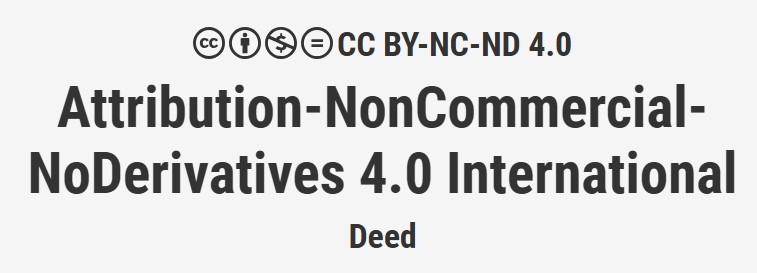week 19 Invention, Intellectual Property, and Income
what tasks have been completed, and what tasks remain?
As of June 3rd, the structural part of the project is complete. The remaining tasks include assembling the electronic components, which I already have but are not yet connected. I also need to complete the programming, system integration, and the development of the user interface. These steps are essential to ensure that all parts work together seamlessly and that the system is fully functional and user-friendly.
what’s working? what’s not?
I have tested the LED lights, the load cell, and the moisture sensor, and they all function correctly. Therefore, in theory, the system should work well once everything is assembled and integrated.
what questions need to be resolved?
The precision of the system will depend on the calibration and quality of each sensor, as well as the accuracy of the data processing in the code. To evaluate how accurate the readings are, I should compare the system’s output with reliable references—such as measurements from specialized software, laboratory-grade equipment, or data collected from a similar validated structure. This comparison will help verify whether the values reported by my system are consistent and trustworthy.
what will happen when?
In the future, I have two main ideas for this prototype. If it works well, I plan to scale and implement it on a full-scale 1:1 arch. Depending on the level of precision it provides, I would like to use the same system as a low-cost monitoring solution. However, if the system is not sufficiently accurate, my goal would be to compare its performance with professional instruments to better understand the differences and explore how to improve it further.
what have you learned?
Apart from the digital fabrication skills I have gained, the Fab Academy experience has truly opened my eyes to the real-world challenges of bringing ideas to life. Working on a complex project entirely by myself and with my own hands has shown me both what is possible and how difficult the process can be. Without a doubt, this has been one of the most demanding challenges I have ever faced. However, everything I have learned and the personal growth I’ve experienced throughout the journey will change the way I approach projects from now on. This course has completely transformed my mindset—from simply designing ideas to actually fabricating them from scratch.
I believe two of the most important skills I’ve developed during this process are documentation and time planning. The demands of the Fab Academy force every student to grow professionally, becoming more organized and efficient.
Throughout the course, I’ve faced the highs and lows of my strengths and weaknesses, which has given me a better understanding of myself. It has pushed me to the limits of my ability to learn and implement quickly. Overall, this experience has not only taught me technical skills but has also shaped the way I work, think, and create.
Dissemination plan
The aim of my final project is not only technical but also educational and research-oriented. It explores the integration of structural behavior in timber arches with low-cost electronic monitoring. My intention is to continue developing and disseminating this system in the following ways:
Continued Development Through My Thesis I plan to further develop and refine the system as part of my thesis work, with the goal of reaching a professional level of execution. This ongoing development will also support the publication of scientific articles that contribute to the fields of structural monitoring, timber construction, and digital fabrication.
Public Engagement Through a Demonstration Model To engage a broader audience, I intend to build a scaled demonstration model that can be exhibited at engineering and research fairs. This interactive prototype will help spark public interest in timber structures and the use of electronics in construction, particularly among those unfamiliar with the topic.
Academic Outreach and Knowledge Sharing To reach academic audiences and professionals in the field, I plan to participate in talks and lectures where I can explain the system and the behavior of structural arches, such as those found in bridges. I also aim to use these opportunities to promote the understanding of timber structures and introduce the concept of deployable structures as part of innovative design solutions.
Collaborative Initiatives and Educational Activities I hope to collaborate with other research groups to raise awareness of this technology and explore ways to implement it in public outreach sessions. For example, during university open days, I envision organizing workshops where children can build small bridge structures and even walk over them, making structural engineering an exciting and accessible topic for younger audiences.
Prepare drafts of your summary slide (presentation.png, 1920x1080) and video clip (presentation.mp4, 1080p HTML5, < ~minute, < ~25 MB) and put them in your website’s root directory.
Licensing I have decided to license my project under the Creative Commons Attribution-NonCommercial-NoDerivatives 4.0 International (CC BY-NC-ND 4.0) license. This means that:
Others may view and share my work, but they may not use it commercially, modify it, or distribute derivative works based on it.
This license fits my current needs because this project is preliminary to a doctoral thesis, and I do not want it to be reproduced or altered until the thesis is completed and published.
I understand that by making the project public under this license, there is still a risk that someone could copy it without authorization, although they cannot legally modify or use it commercially.
For more information about this license, I have consulted the following link: https://creativecommons.org/licenses/by-nc-nd/4.0/

Why CC BY-NC-ND 4.0? I chose the CC BY-NC-ND 4.0 license because it aligns with my goal of protecting the originality and integrity of my work during its development stage. It ensures proper attribution while restricting commercial use and modifications, preserving the project’s current status as a non-commercial and unaltered academic resource.